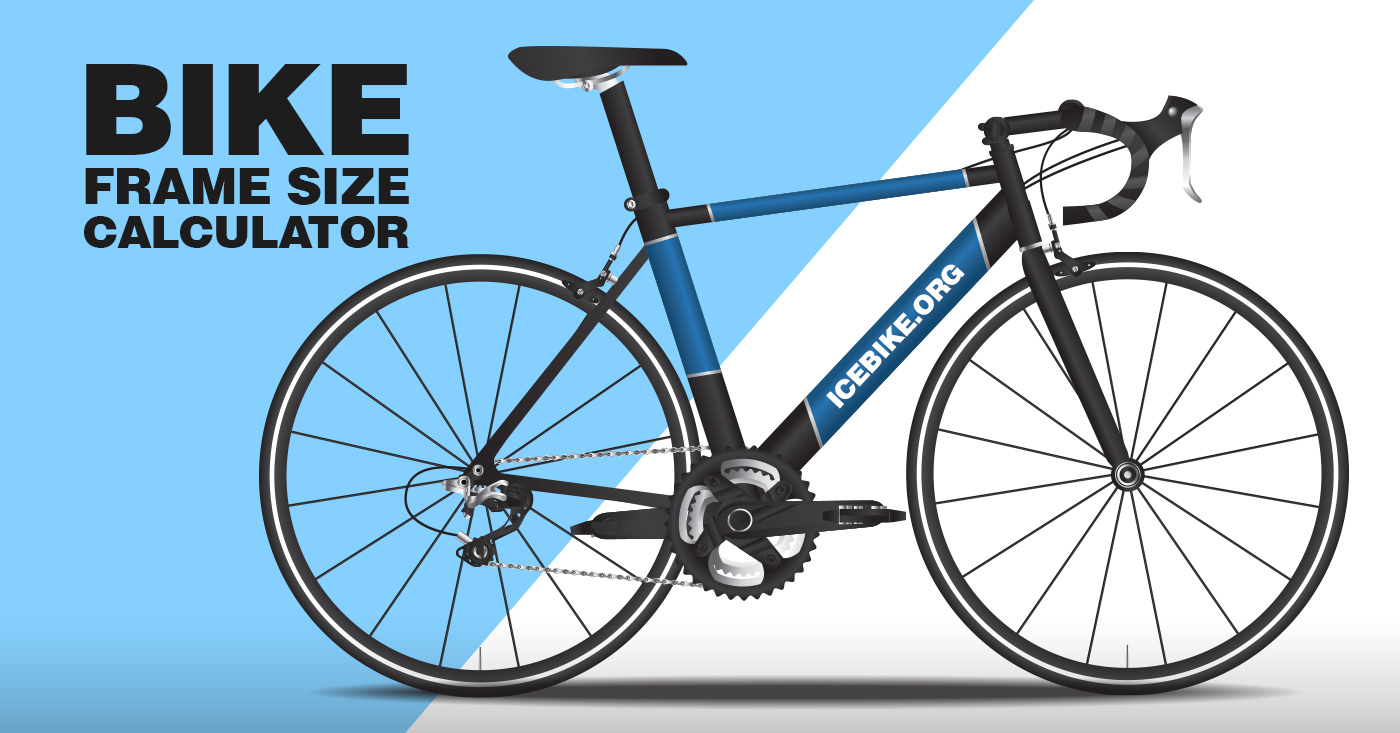Fixed Gear Calculator
- 28×9
- 31×10
- 34×11
- 37×12
- 38×12
- 40×13
- 41×13
- 43×14
- 44×14
- 46×15
- 47×15
- 49×16
- 50×16
- 52×17
- 53×17
- 55×18
- 56×18
- 57×18
- 58×19
- 59×19
- 50 RPM@ 21.7 KM/H
- 60 RPM@ 26 KM/H
- 70 RPM@ 30.4 KM/H
- 80 RPM@ 34.7 KM/H
- 90 RPM@ 39.1 KM/H
- 100 RPM@ 43.4 KM/H
- 110 RPM@ 47.7 KM/H
- 120 RPM@ 52.1 KM/H
- 130 RPM@ 56.4 KM/H

- Skid Patch9
- Development210.98 inches
- Ratio2.56
What Is A Fixed Gear Calculator?
IceBike’s Fixed Gear Calculator will help you find the perfect chainring and cog combinations. Modern bikes come installed with multiple gears and that is why there will be many gear ratios, as we have mentioned on our calculator. Using these types of bike calculators is very easy, all you have to do is select the range of interest and then check what combination of the chainring, sprocket and tires will benefit you the most.
This Bike Gear Calculator is made according to different preferences and options, so don’t worry, your perfect combination just lies a click away!
Explaining The Different Terms
Chances are that you would be using this fixed gear calculator for the first time, and if that really is the case then don’t worry, we have got you covered. We will explain each field and each term so that there is no confusion at all!
What Type Of Unit Should You Choose?
Units will depend according to your region and country. In the United States Of America, the Imperial unit is used, whereas other parts of the world also use the metric unit for measurement. For example, if we use the imperial unit then the measurements would be in inches, feet, and pounds.
What Is A Chainring?
A chainring is the spiky and round bit connected to the bike’s cranks. The chainring is what pulls the chain of the bike around, it comes in different sizes, and you can choose that from the calculator too.
What Is A Sprocket?
A sprocket is part of the bike’s cogset that is attached to the hub on the rear wheels. Cogsets are directly attached and work in accordance with the rear derailleur to give the bike rider multiple gear ratios.
Tire Sizes
In our calculator, we have mentioned different tire sizes, even some famous preferences. You can choose between them according to your preferences.
What Is Skidding?
A skid patch is a point on your bike’s tire that comes in contact with the road when you are skidding. It is possible to have different skid patches on a single bike tire.
Through our fixed gear calculator, you will also be able to find out the number of skid patches on your bike.
Discussing Gear Ratio and Gear Inches
Gears on a bike are used to increase their speed and force. Gear ratios on the other hand are a unit of bike gears, for measurement purposes.
You can use the calculator above to find the gear ratio of your bike although if you are looking at the formula then here it is:
Gear Ratio: (Number Of Teeth In The Front Chainring/Number Of Teeth In The Rear Sprocket)
Important Note: When the interplanetary gears are involved then the gear ratio is not a good measure.
How Does The Fixed Gear Calculator Work?
Using ICEBike’s Fixed Gear Calculator is very easy, just follow the steps mentioned.
Step 1: Enter Unit
Here, you need to enter the unit that you prefer. You can choose between the metric or imperial unit.
Step 2: Enter Language
Just mention what language you prefer the calculator in.
Step 3: Chainring
In this step, enter the number of teeth in the front chainring.
Step 4: Rear Sprocket
In this step, enter the number of teeth in the rear sprocket.
Step 5: Tires
Here, you have to mention the tire dimensions of your bike.
Step 6: Ambidextrous Skid
In the last step, you have to mention if you prefer the ambidextrous skid or not.
What Will Be The Results?
Upon entering all the information correctly, you will be given different results:
- Speed: Maximum Speed according to the Rotations Per Minute (RPM)
- Skid Patch: Number of Skid Patches on the bike tire.
- Development: Gear Ratio Development
- Ratio: Gear Ratio
Important Note: If you don’t like to skid on your bike then you should choose even toothed gears, these will give your chain and sprockets maximum life. Although if you like to skid on one leg then you can choose an odd number of toothed gears, this will in fact maximize your skid patches. Finally, if you are an Ambi-Skidder then choose even chainring teeth and odd rear sprocket teeth for the best results.
Should you have any questions or require further clarification on the topic, please feel free to connect with our expert author Rhodes Perry by leaving a comment below. We value your engagement and are here to assist you.






